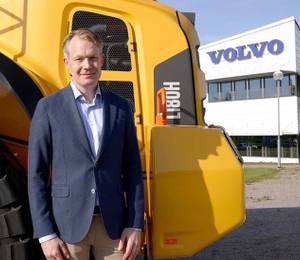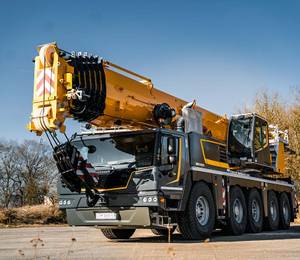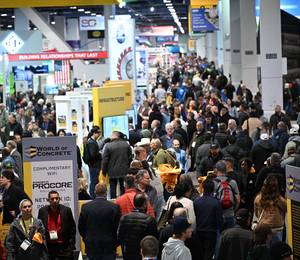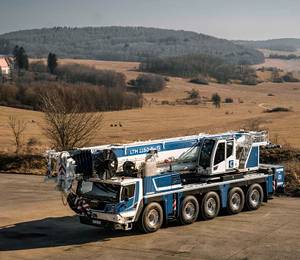Vermeer offers its latest advancement in hydro-excavation – the XR2 vacuum excavator. It is equipped with a shaker deck that separates liquids and solids to allow contractors to stay on the jobsite longer, work efficiently and reduce disposal expenses. Material excavated with the XR2 is fed through an onboard deceleration tank that exits through an airlock onto a shaker deck where solids and liquids are then separated.
The solid material is moved by conveyor towards the rear of the machine where it is discharged and can be carried away or left on the jobsite, depending on the material. Used, slurry water is pumped into one of the four XR2 holding tanks for disposal. This new concept in vacuum excavation allows contractors to carry 5,678.1 l of water to the job, work longer on the jobsite and can reduce hydro-excavator transport weights.
According to Adam Bates, product manager at Vermeer, the XR2 can help utility contractors mitigate utility strikes, improve operational efficiencies and create new opportunities. “Soft excavation methods are effective at reducing utility strikes, which have spurred the growth of the vacuum excavator market,” he said. “However, DOT truck and trailer weight restrictions can impact the amount of material that crews can transport over the road, and the design of the XR2 helps teams get more hours of production.”
The Vermeer XR2 vacuum excavator has 5,678.1 l of freshwater storage capacity capable of delivering up to 150 minutes of wand time at a rate of 37.8 l/min. The adjustable pressure wand has a maximum output of 3,000 psi for challenging conditions but can be dialed back when working in sensitive areas.
The 15.2 cm diameter hose produces up to 5,776.6 cu m/hr of suction for maximised digging performance. The 6.4 m boom gives crews 260 degrees of swing, and the reverse flow feature is to dislodge large chunks of material from the hose. All of these functions can be controlled through the XR2’s fully functional remote.
For efficient truck repositioning, the design team integrated a power takeoff (PTO) feature that automatically transitions power from the vacuum system to the truck drive system and back. Crews no longer need to manually disengage and reengage the system every time the vacuum excavator is moved.
Separation design
Unlike traditional vacuum systems with spoil tanks, solids and liquids are separated using a shaker deck with auto-levelling capabilities up to a 10% grade. The deceleration tank includes six cyclones to aid with the separation process. The onboard, foldable 4.3 m solid material conveyor is controlled through the remote control, has a 180° rotating radius and a discharge height of 203.2 cm for efficient truck loading.
Capable of storing up to 5,678.1 l of freshwater, the XR2 has four 1,892.7-l liquid storage tanks. Processed liquids are first pumped into the unit’s reserved empty tank and then automatically switched to another tank as the freshwater supply is depleted and the reserve tanks fill up. The tanks are designed with sloped bottoms, so slurry can be efficiently pumped out before freshwater is replenished. Fresh and dirty water tank levels can be viewed anytime from the control station located on the side of the hydro-excavator.
The Vermeer XR2 vacuum excavator is built on the back of a Kenworth T8800 truck with an Allison automatic transmission and Chelsea PTO. The unit has a curb weight of 17,690.1 kg, a freshwater transport weight of approximately 23,133.2 kg, at recommended capacity, and a return weight of an estimated 24,040.4 kg when at the recommended full capacity of 1.26 SG of slurry. With the conveyor in transport position, the truck measures 11 m long, has a width of 259.1 cm and a height of 350.5 cm.
“The XR2 was developed after listening to contractors talk about the limitations associated with traditional hydro-excavators,” said Mr Bates. “Contractors understand the soft excavation advantages of hydro-excavators but also felt limited by the production of many units because of weight concerns and water storage capacities. The design of the XR2 can help expand the use of vacuum excavation for everything from utility potholing and stitch boring to slot trenching and general construction.”
Watch the unveiling of the XR2 vacuum excavator here.













